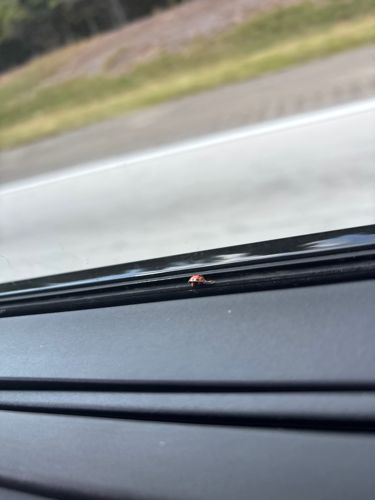Ladybug (or Ladybird Beetle)
Scientific Name: Coccinellidae (family)
Order & Family: Order: Coleoptera, Family: Coccinellidae
Size: Typically 1-10 millimeters (0.04-0.4 inches)

Natural Habitat
Gardens, agricultural fields, meadows, forests, and other areas with abundant plant life and aphid populations.
Diet & Feeding
Mainly predatory, feeding on soft-bodied insects like aphids, scale insects, and mites. Some species also consume pollen and nectar.
Behavior Patterns
Ladybugs are often seen crawling on plants. They undergo complete metamorphosis (egg, larva, pupa, adult). Larvae are also predatory. In colder climates, adults may overwinter in large aggregations in sheltered locations.
Risks & Benefits
Ladybugs are overwhelmingly beneficial insects, especially in agriculture and gardening, as they are natural predators of common pests. They pose no direct risk to humans, though some species (like the Asian Lady Beetle) can invade homes in large numbers in autumn, and their defensive secretions can stain surfaces.
Identified on: 9/20/2025